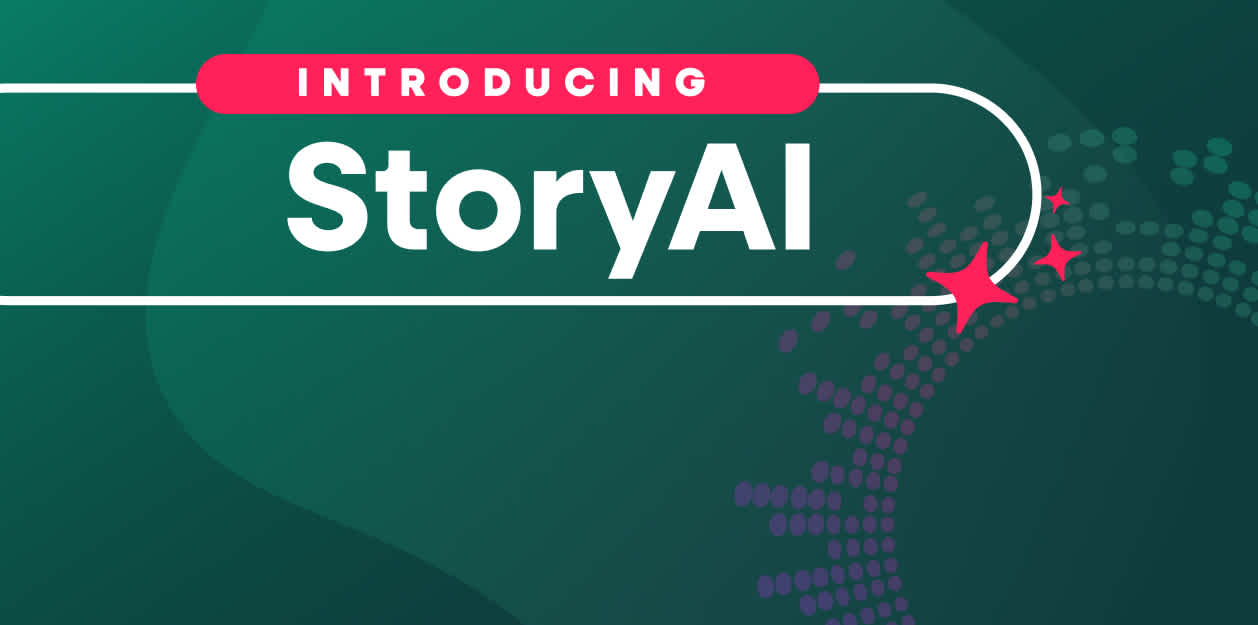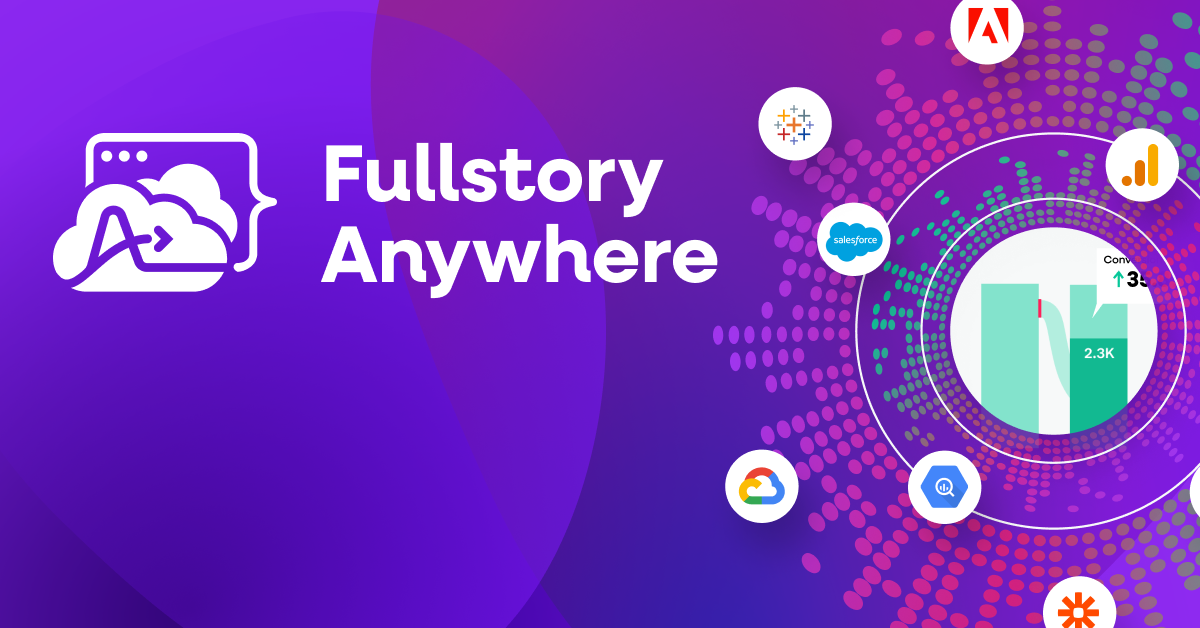Leading a product team is a lot like captaining a ship.
The product team is responsible for calling the shots; steering the ship and ensuring the team is on board with a planned course. But just like a captain, the product lead has to rapidly change as the conditions around us.
But as the captains of the product ship, it can’t ride the strongest current and expect to reach its intended destination safely. The team also can’t anchor and wait for calmer seas before setting sail again.
How can teams effectively plot out the course of their journey without letting opinions and ideas lead them astray?
The answer: a product roadmap.
Finding the North Star: business objectives and product vision
In times of uncertainty, sailors look to the skies for guidance. Similarly, seasoned captains of product need a North Star when feeling lost.
High-level business objectives and a strategic product vision come together to form a guiding light to follow through times of uncertainty.
While celestial bodies, like business objectives and product vision statements, are excellent high-level navigational aids, they rarely tell us how to get there.
Despite having ever-present references of where to go, captains need to determine the best course to take based on ever-changing conditions.
Similarly, product managers are left with questions about how to find the product roadmap’s North Star:
What’s an effective product strategy that won’t leave the crew feeling salty?
Which compelling features will get built first?
How can I course correct to reflect changing conditions?
Usually the how is a matter of simply finding objective frameworks for product decisions, listening to input from your team, and course-correcting as needed.
Here are some tried and true tactics for accomplishing these things through thoughtful product roadmap prioritization.
Actionable data can be used to discover trends, uncover bugs, develop better experiences, and plan product roadmaps with a Digital Experience Intelligence (DXI) solution. Request a demo and see it in action yourself.
Techniques for prioritizing your product roadmap
1. User feedback and behavior
Customers are a great source of information to help prioritize product initiatives. Here are a few ways to look at customer requests and feedback to identify trends:
What features or improvements do customers request most often?
Are the customers making those requests high-value?
Are they coming from a group of customers who are likely to churn?
Go beyond listening to what customers say and actually see how they interact with your product. Try Fullstory’s Digital Experience Intelligence (DXI) feature session replay that can help identify frustration points, like thrashed cursor or Rage Clicks, to find opportunities to improve. If a particular area is a frequent source of frustration, it may be worth prioritizing.
Takeaway: Looking at user feedback and behavior can help better understand the value of an existing list of initiatives.
2. Value versus complexity
The value versus complexity model for feature prioritization takes a rather popular business decision-making quadrant and helps apply it specifically to product decisions. This method is fairly common due to how easy it is to apply.
Starting with a list of potential features, estimate their potential business value as well as the approximate amount of complexity and effort involved to build them. Then, plot each initiative on a grid.
The features that land in the high value/low complexity section are “low-hanging fruits” features that are a good starting point. On the opposite end of the spectrum, the low value/high complexity features are probably not the highest priority to work on.
Takeaway: The value versus complexity model is a quick way to compare features based on quantitative estimates and for visually explaining product decisions to stakeholders.
3. Weighted scoring
The weighted scoring model is similar to a value versus complexity prioritization model. Use scores to assign different weights to different strategic benefits and compare them with costs.
Assign weights across a series of benefit categories that tie directly into business objectives. Then assign the same for costs like implementation and operational costs, as well as considering risks.
From there, assign scores to these categories for every feature on the list to prioritize. Based on the weights assigned to each benefit and cost, reach a quantitative score and rank for each initiative on the list.
Takeaway: Weighted scoring models are useful for product teams who need to make objective decisions about feature prioritization while considering multiple factors.
4. A bucket approach
A “bucket” approach or more formally known as the Kano Model, is used to understand the relationship between customer delight and product function to prioritize a balanced product roadmap.
Using the Kano Model, features are categorized in the following buckets and assessed:
Threshold: the functionalities needed to sell the product.
Performance: the features that aid in increasing customer satisfaction.
Excitement: the optional features that increase customer delight.
Takeaway: The Kano model is useful for teams with various differing objectives who need a way to keep a balance between all of them.
5. Buy a feature
“Buying” features can help understand how important features and functionalities are to stakeholders and customers. The process is simple but can be a fun activity involving your team in the prioritization process.
Start by making a list of potential features, giving each one its own “price.” Prices are based on the estimated development costs associated with each feature.
Hand out a “currency” and have participants purchase the features they want. Most likely some people will put all of their “money” on a single feature while others spend their feature allowances on multiple items.
In the end, you’ll have a list of prioritized features to improve upon.
Takeaway: “Buying” features is a technique that’s best for a quick, interactive way to understand where a group of people see the most value across a list of features.
6. Opportunity scoring
Opportunity scoring is a method used to identify opportunities to better meet customer needs. This customer-centric prioritization approach takes into consideration two factors: feature importance and existing satisfaction.
Ask customers to rank or score the importance of a list of features. After that, have them rank or score their level of satisfaction with the feature.
Based on these inputs, generate a list of opportunities: features with high importance scores and low satisfaction scores.
Takeaway: Opportunity scoring works well when determining where to make incremental improvements to a list of pre-existing features based on customer satisfaction.
7. Affinity grouping
An affinity group is a collection of people that have a common interest or goal towards a specific purpose. Affinity grouping works best when done as a team activity and it can be a rather fun one at that.
Team members write down their ideas (anonymously if you’d like). Once there are a decent amount of ideas, group similar ideas together. The team then ranks or votes on each group.
Takeaway: Affinity grouping is best used by teams who are collaboratively trying to come up with a general direction and helps figure out what to build based on a collective idea.
8. Story mapping
Story mapping is commonly used to define tests on new products which allow teams to collect the maximum amount of learning with the least effort. It’s a visual way to develop your product backlog and delineate sprints.
Create task-oriented user story cards. Then, group them together into categories that follow a step-by-step workflow. Prioritize each group and break down the workflows into either releases or sprints.
Takeaway: Story mapping is great to break larger concepts into workable tasks. It’s useful for determining what your minimum viable product (MVP) will look like and identifying the releases that follow.
Smart roadmap prioritization means smooth sailing
Captains may be the ones steering the ship while standing at the helm, but they can’t see everything from there. That’s why they listen to their crew, who can share what they see and give them a better perspective.
With these eight tips, you can find your North Star, use digital insights to be objective and mission-driven with your product plan.
To enhance your product roadmap with a Digital Experience Intelligence Solution like Fullstory, request a demo and try it for yourself!



